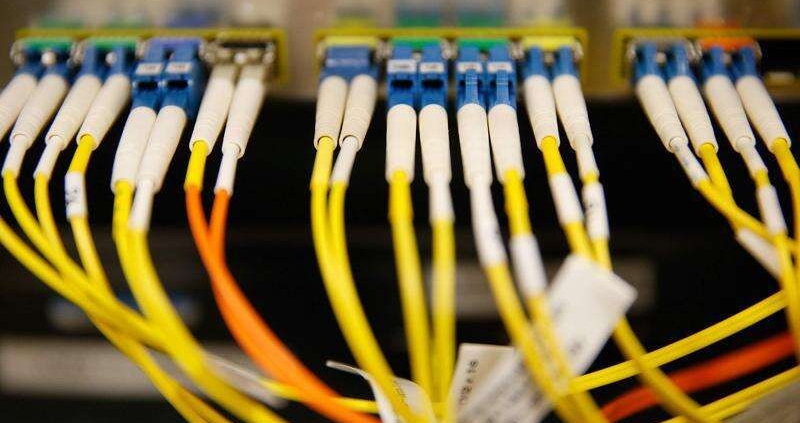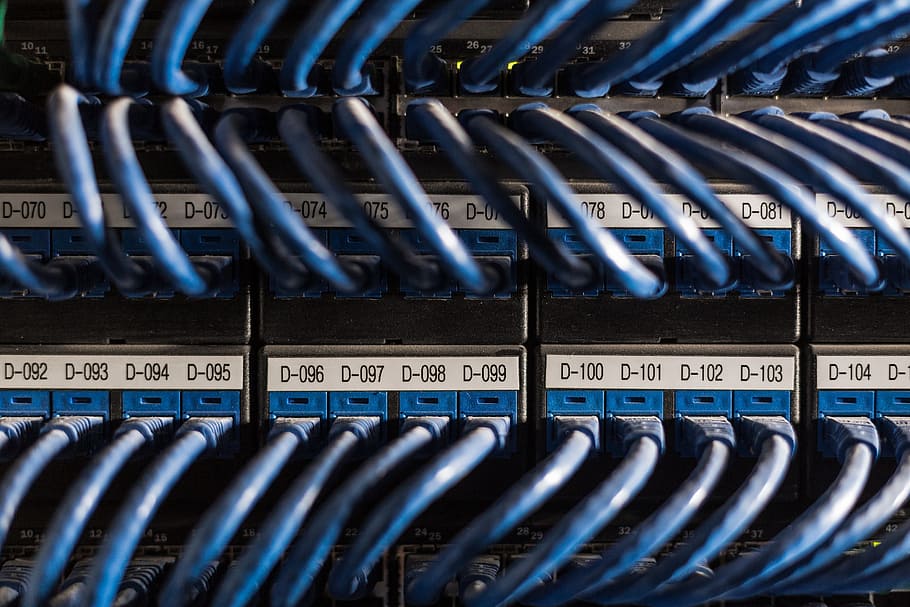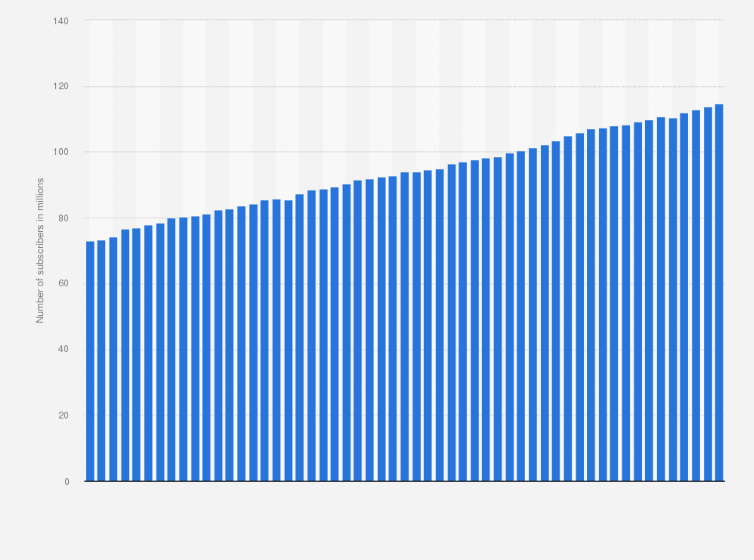Are you looking to supercharge your internet connection at home or in your business? Look no further than broadband terminals! These powerful devices are the gateway to high-speed, reliable internet access. In this blog post, we’ll guide you through everything you need to know about choosing the right broadband terminal for your needs. From factors to consider when selecting one to tips on setting it up and reaping its benefits, we’ve got you covered. Let’s dive in and elevate your online experience with the perfect broadband terminal!
What is a Broadband Terminal?
A broadband terminal, also known as a broadband modem or router, is a device that connects your computer or local network to the internet. It acts as the bridge between your internet service provider (ISP) and your devices, allowing them to access the internet through a wired or wireless connection.
Broadband terminals are essential for high-speed internet connections and can handle large amounts of data at once. They come in various forms and configurations, but their primary function remains to enable fast and reliable internet access.
Factors to Consider When Choosing a Broadband Terminal
- Type of Connection
The type of connection available in your area will determine the type of broadband terminal you need. The most common types are DSL, cable, fiber optic, and satellite. Each requires a specific kind of modem or router to connect to the internet.
- Speed
Different broadband terminals can support different speeds. To ensure optimal performance, make sure you select one that can handle the maximum speed offered by your ISP.
- Wireless Capability
To connect multiple devices to your broadband terminal wirelessly, ensure it has Wi-Fi capabilities. This will allow you to set up a wireless network and connect any Wi – Fi.
Factors to Consider When Choosing a Broadband Terminal
When choosing a broadband terminal for your home or business, several key factors must be considered. Think about the speed and bandwidth requirements of your internet usage. Determine how many devices will be connected and the activities they will be used for.
Consider the terminal’s coverage area. Ensure it can reach all areas of your space without dead zones or signal interference. Additionally, check if the terminal is compatible with your existing network setup.
Reliability is crucial when selecting a broadband terminal. Review other users’ reviews to ensure the device has a good track record of stability and consistent performance. Security features should also be considered to protect your data from potential threats.
Think about scalability and future-proofing. Choose a broadband terminal that can grow with your needs as technology advances and demands increase.
Types of Broadband Terminals Available
Several types of broadband terminals are available to suit different needs and preferences. One common type is the DSL modem, which connects to your phone line for internet access. Another popular option is the cable modem, which uses a coaxial cable connection for high-speed internet.
Fiber optic terminals, also known as Optical Network Terminals (ONT), are becoming increasingly common due to their high-speed capabilities. These terminals connect to a fiber optic cable for internet access and can provide faster speeds than DSL or cable.
Each type of broadband terminal has advantages and limitations, so it’s essential to consider factors like location, speed requirements, and budget when choosing the right one for your home or business needs.
Tips for Setting Up and Maintaining Your Broadband Terminal
Setting up and maintaining your broadband terminal is crucial for ensuring a stable internet connection at home or in the office. When setting up your broadband terminal, choose a central location where it can receive the strongest signal. Avoid placing it near electronic devices that may cause interference.
Connect all cables securely and follow the manufacturer’s instructions for installation. Double-check all connections to prevent any issues later. Regularly check for software updates once your broadband terminal is set up to ensure optimal performance.
To maintain your broadband terminal:
Please keep it clean from dust and debris that can affect its functionality.
Provide proper ventilation around the device to avoid overheating.
If you encounter connectivity issues, troubleshoot by restarting the terminal or contacting technical support.
By following these tips, you can effectively set up and maintain your broadband terminal for reliable internet access anytime you need it.
Benefits of Using a High-Quality Broadband Terminal
A high-quality broadband terminal can bring numerous benefits to your home and business. One key advantage is faster internet speeds, allowing seamless streaming, gaming, and video conferencing without lag or interruptions.
Moreover, a reliable broadband terminal always ensures a stable connection, reducing downtime and ensuring productivity in a business setting. This can lead to increased efficiency and smoother operations overall.
High-quality terminals often come with advanced security features to protect your network from cyber threats and unauthorized access. This added layer of protection is crucial in today’s digital age, where data privacy is paramount.
Furthermore, investing in a top-notch broadband terminal can future-proof your setup by seamlessly supporting the latest technologies and updates. This means you won’t have to worry about compatibility issues or having to upgrade frequently.
Opting for a high-quality broadband terminal pays off in terms of performance, reliability, security, and long-term cost-effectiveness.
Year on Year Growth on Broadband Penetration
Year on Year Growth in Broadband Penetration has been a significant trend in recent years, indicating the increasing reliance of individuals and businesses on high-speed internet connectivity. As technology advances rapidly, so does the demand for faster and more reliable broadband services. This growth demonstrates the importance of a stable internet connection for various activities such as remote work, online education, streaming entertainment content, and conducting business operations.
With each passing year, more households and companies are switching to broadband services to stay connected and remain competitive in today’s digital age. The continuous improvement in infrastructure and expansion of coverage areas play a vital role in driving this upward trajectory of broadband penetration rates year after year. Broadband penetration will only continue to increase as society becomes increasingly intertwined with technology.
Conclusion: Making the Best Decision for Your Home or Business Needs
When it comes to choosing the right broadband terminal for your home or business, factors like speed, coverage, reliability, and cost are crucial. You can ensure seamless connectivity and efficient internet access by carefully evaluating these aspects and selecting a high-quality broadband terminal that meets your specific requirements.
Whether you opt for a DSL modem, cable modem, fiber-optic terminal, or wireless router, correctly setting up and maintaining your broadband terminal is essential to maximize its performance. Regularly updating firmware, securing your network with strong passwords and encryption protocols, and positioning the equipment in an optimal location can all contribute to a smooth online experience.
The benefits of using a high-quality broadband terminal extend beyond faster internet speeds. Improved reliability, enhanced security features like firewalls and parental controls, and better support for multiple devices simultaneously connected to the network are all advantages worth considering when making your decision.






